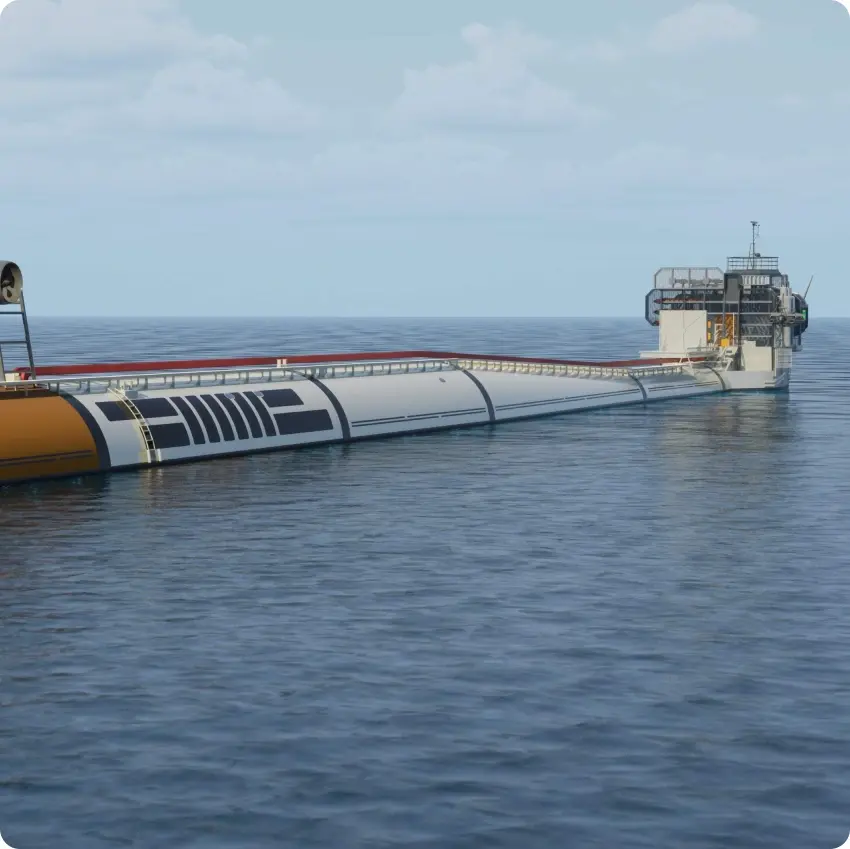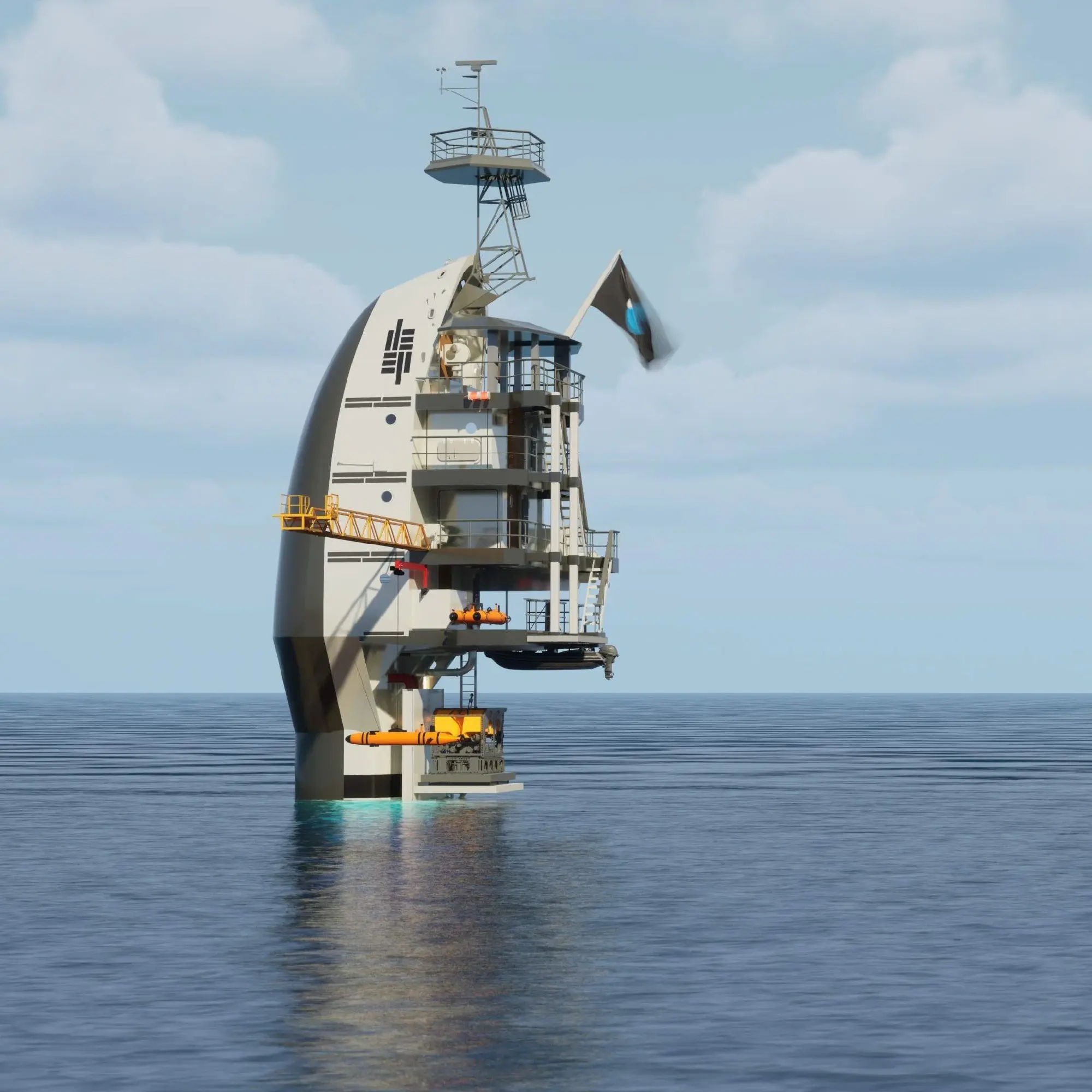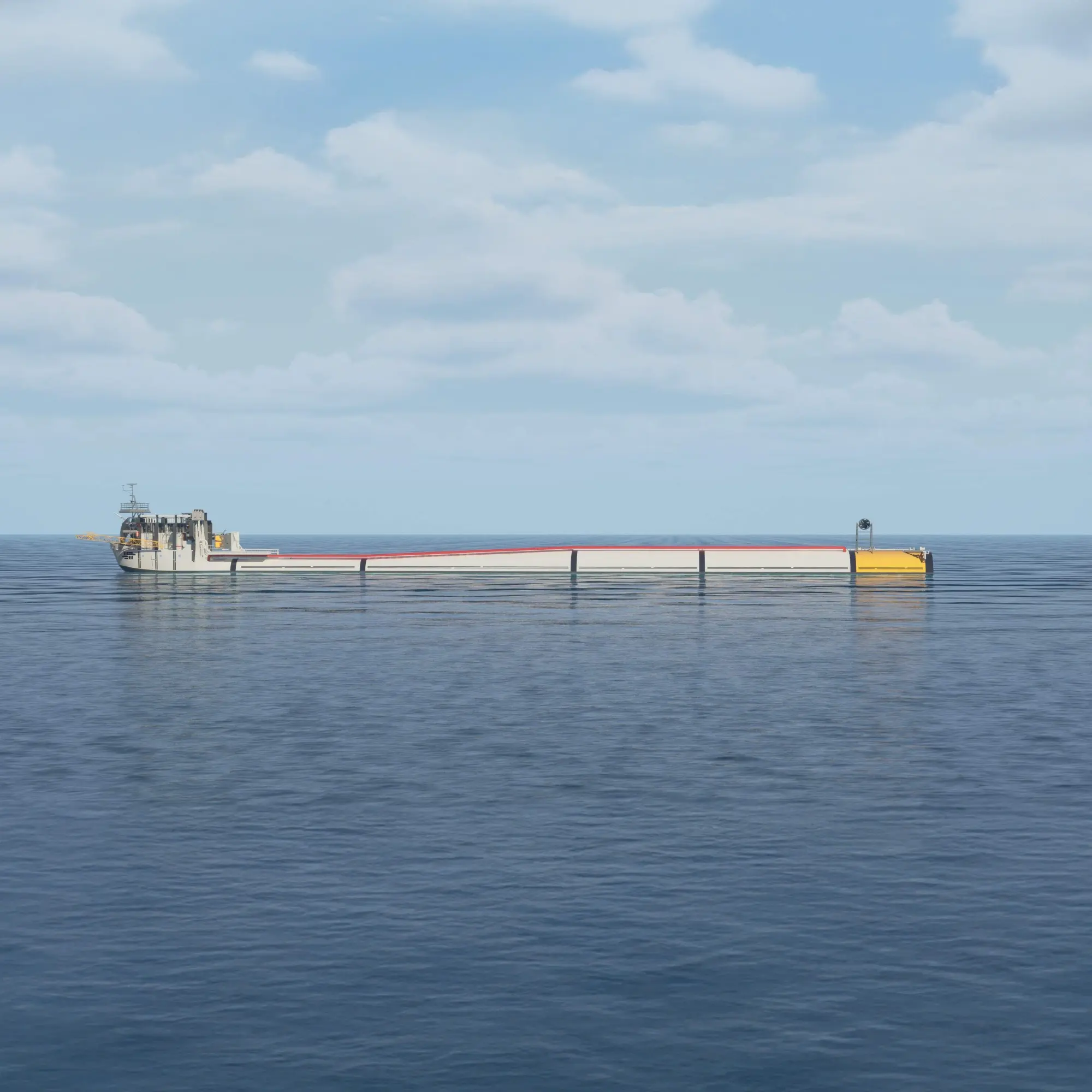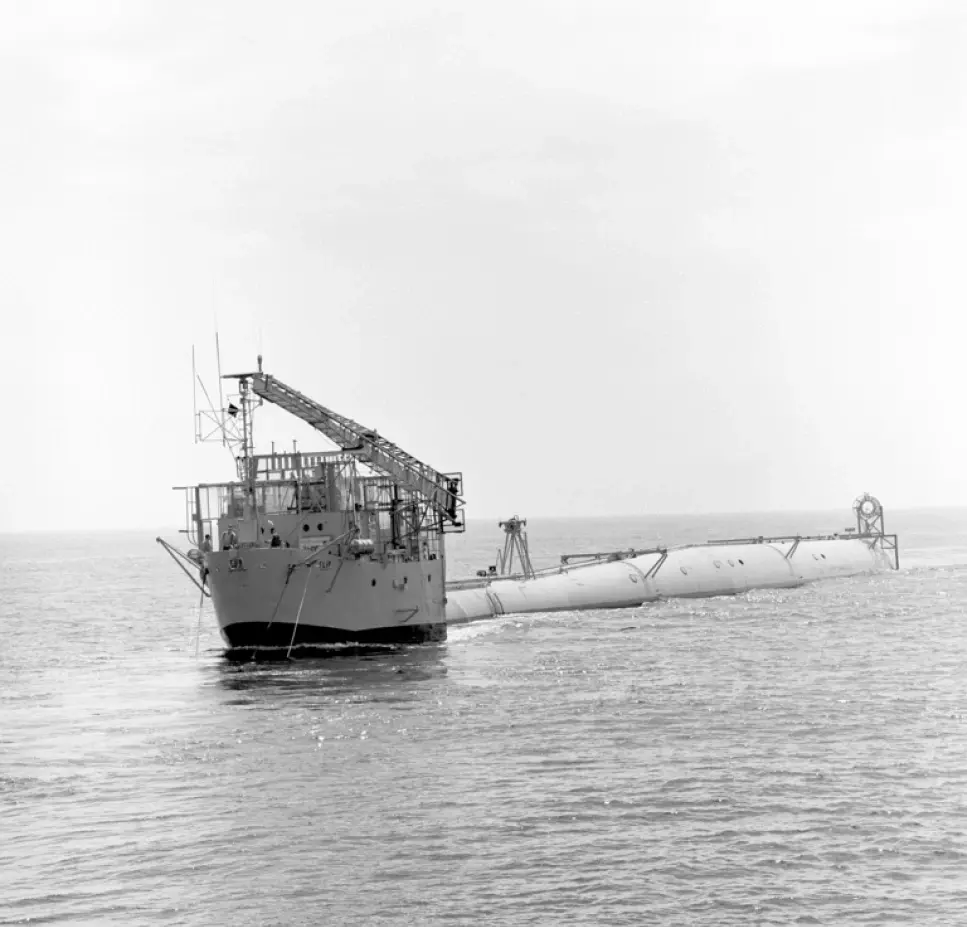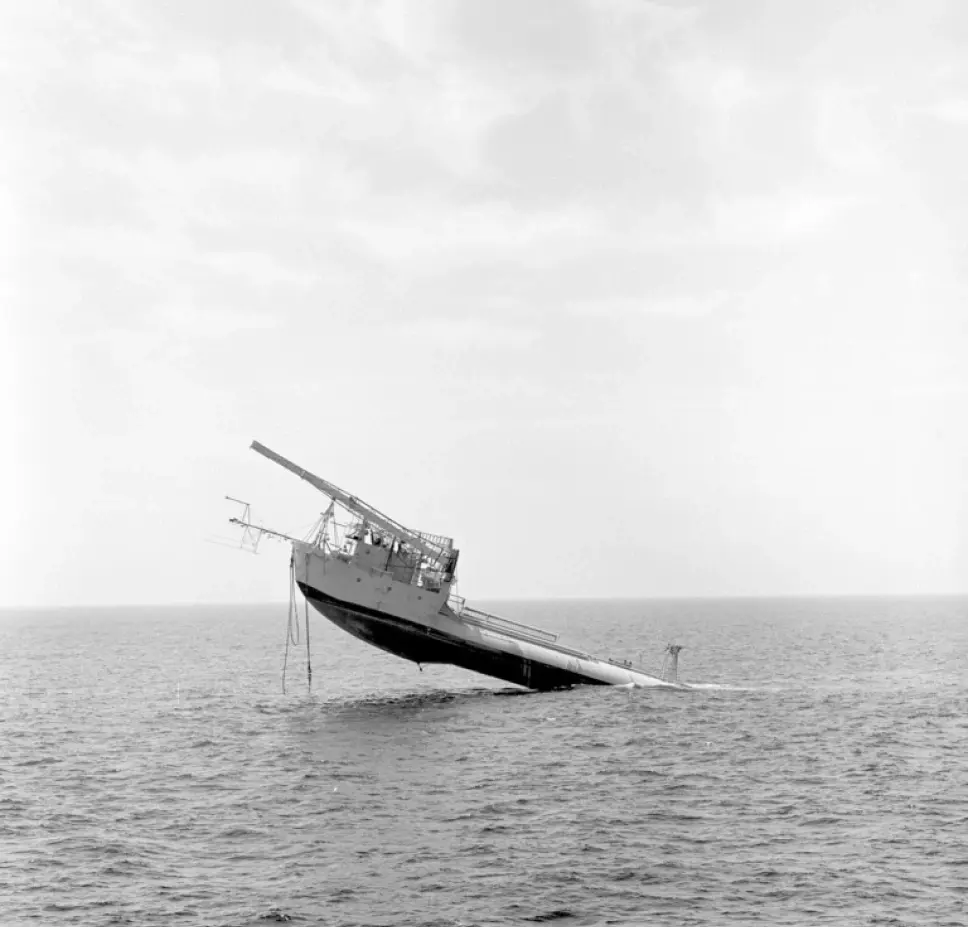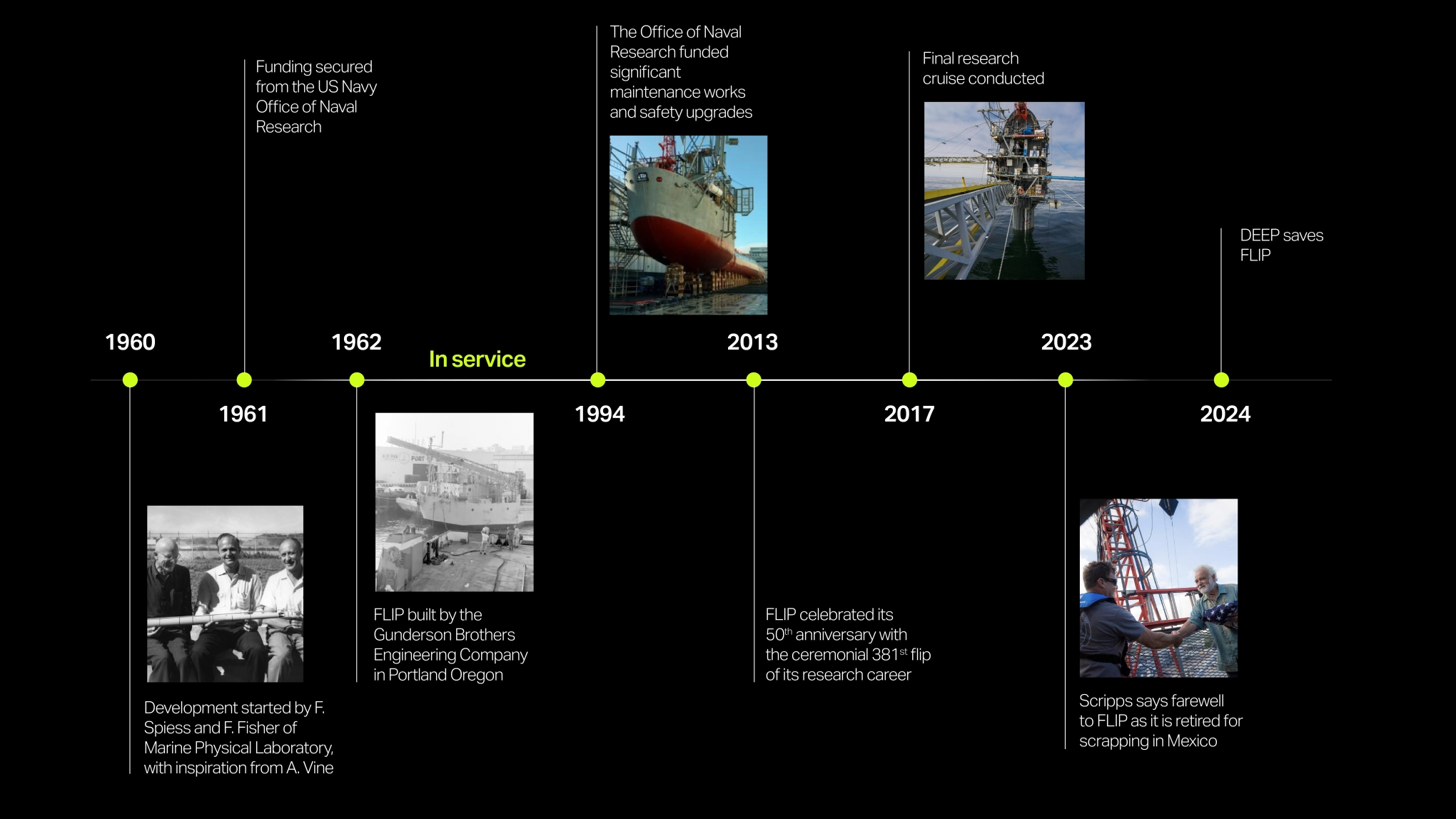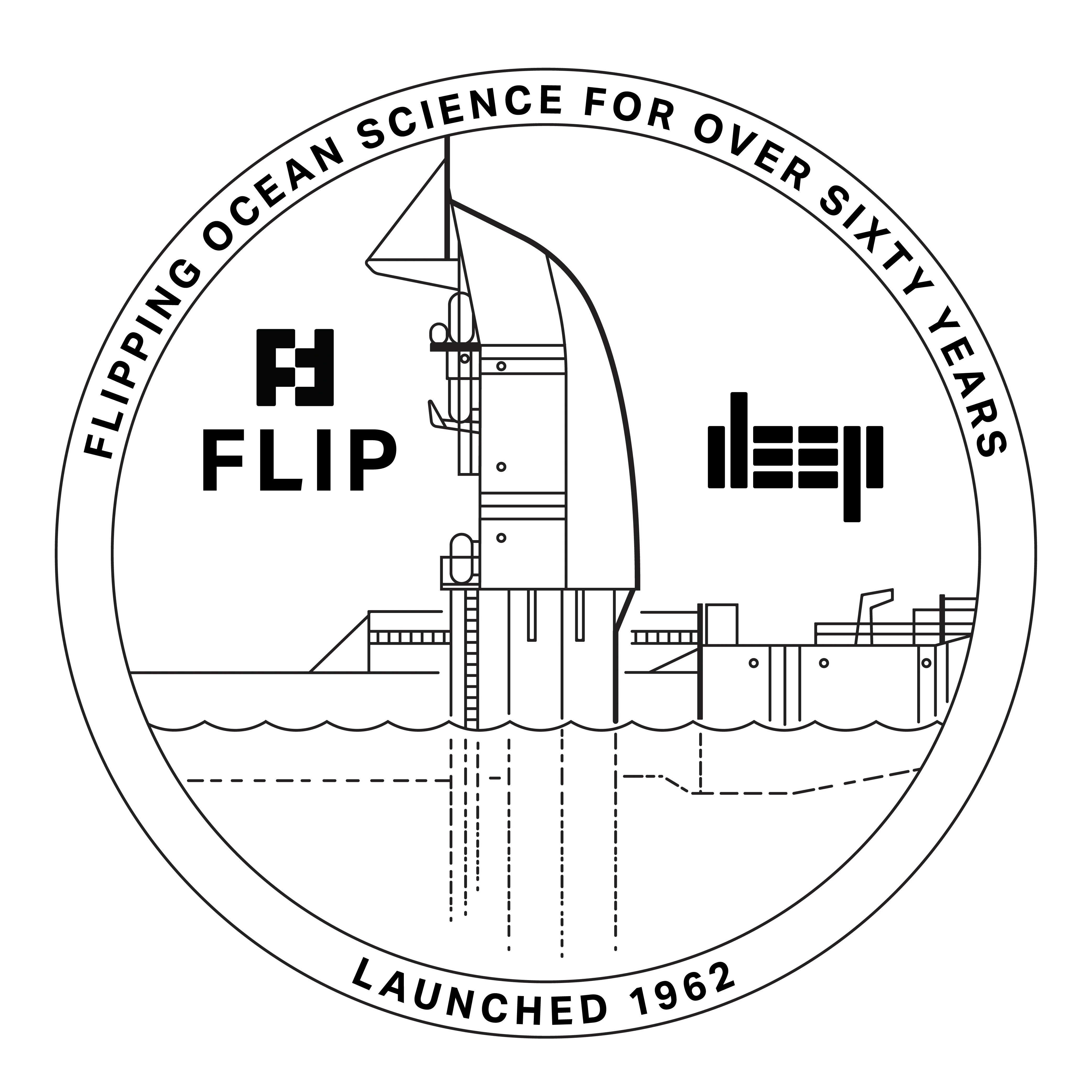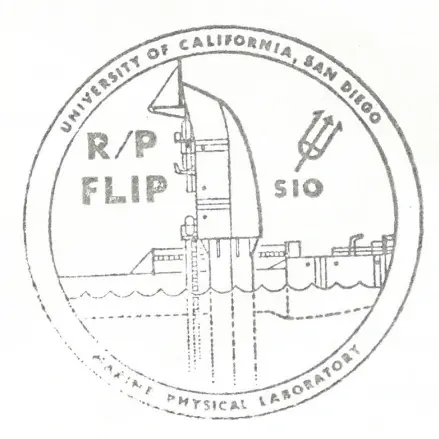FLIP has participated in over 300 research missions around the world, mostly in the Pacific Basin, and has contributed to the advancement of knowledge in many fields of oceanography, such as acoustics, optics, biology, chemistry, geology, and meteorology.
FLIP, which stands for ‘Floating Instrument Platform’, is an ocean research vessel known for its unique design and ability to ‘flip’ from a horizontal position to a vertical one. FLIP was built in 1962 with funding from the U.S. Navy’s Office of Naval Research and was operated by Scripps Institution of Oceanography.
The 108 meter (355 feet) long vessel’s ability to change orientation gives it stability in even the stormiest seas, making it possible to study oceanographic phenomena like sound propagation, wave dynamics, and marine life in all conditions.
FLIP is towed to the desired location and once there its ballast tanks are flooded, causing it to flip from horizontal to vertical in about 20 minutes. In the vertical position, FLIP is stable and quiet, with 90 meters (300 feet) submerged below the surface. This minimizes the effects of wind and waves on the instruments and experiments.
All images sourced from Marine Physical Laboratory - Scripps Institution of Oceanography





